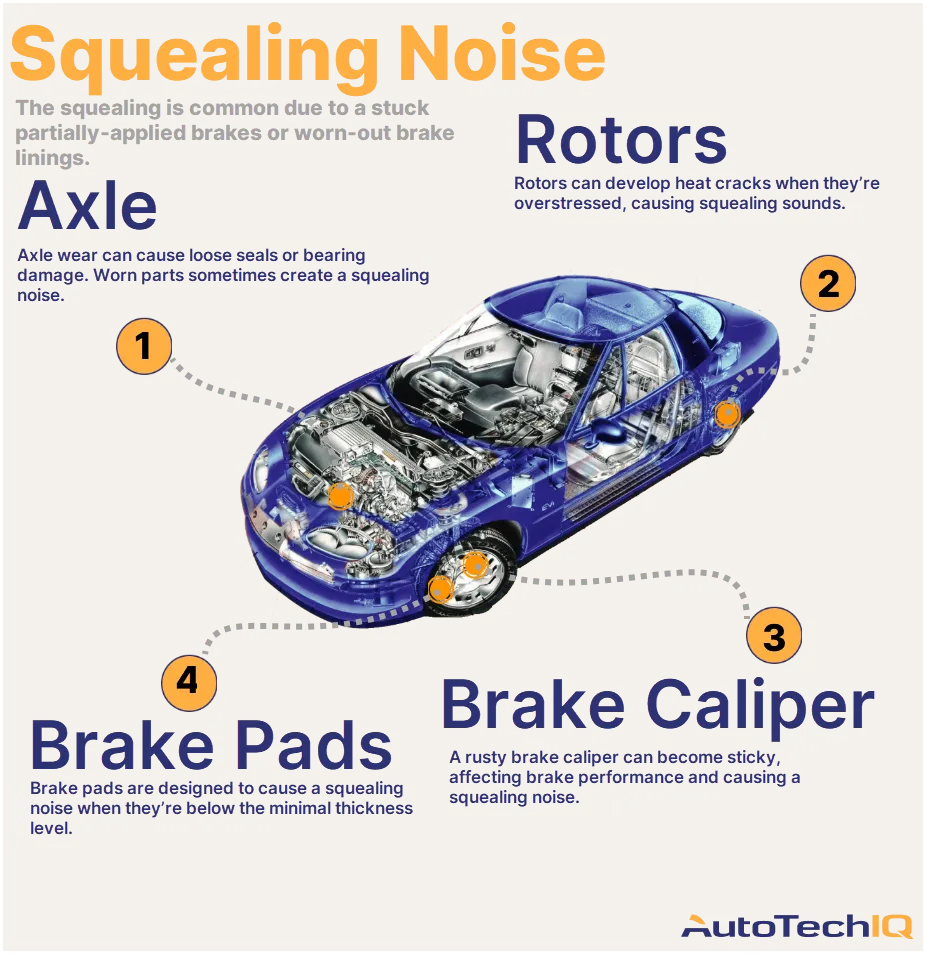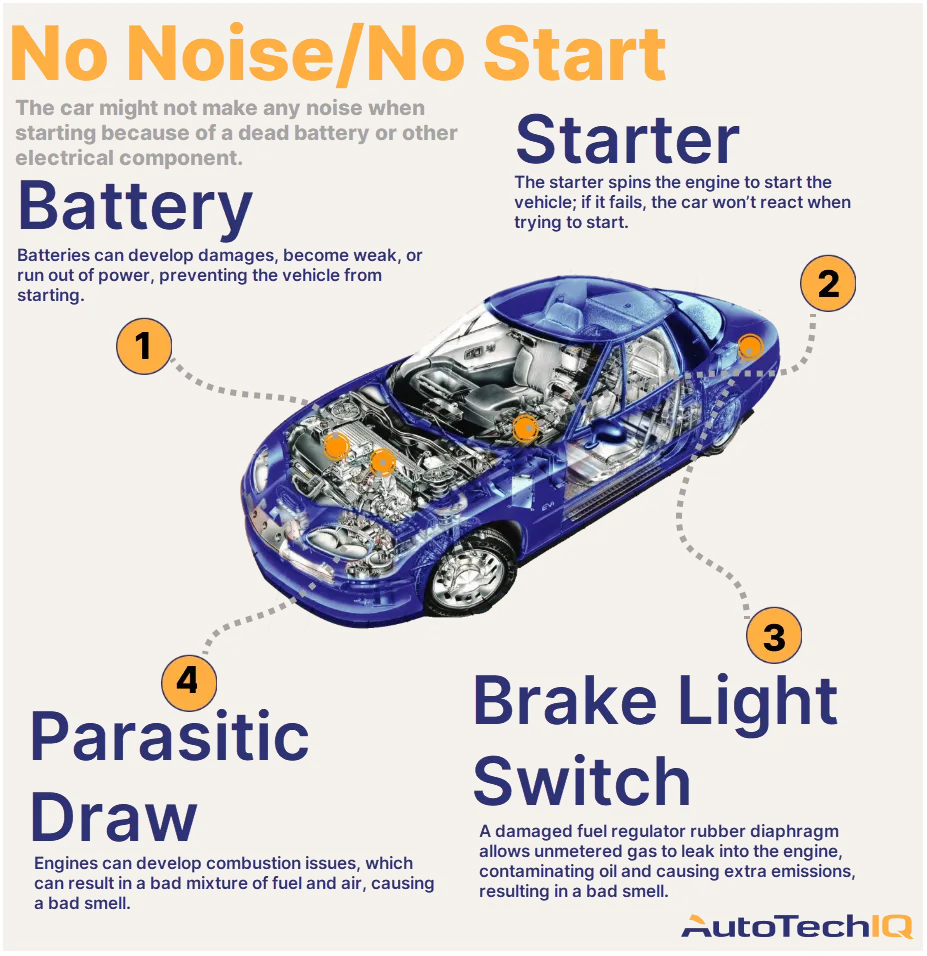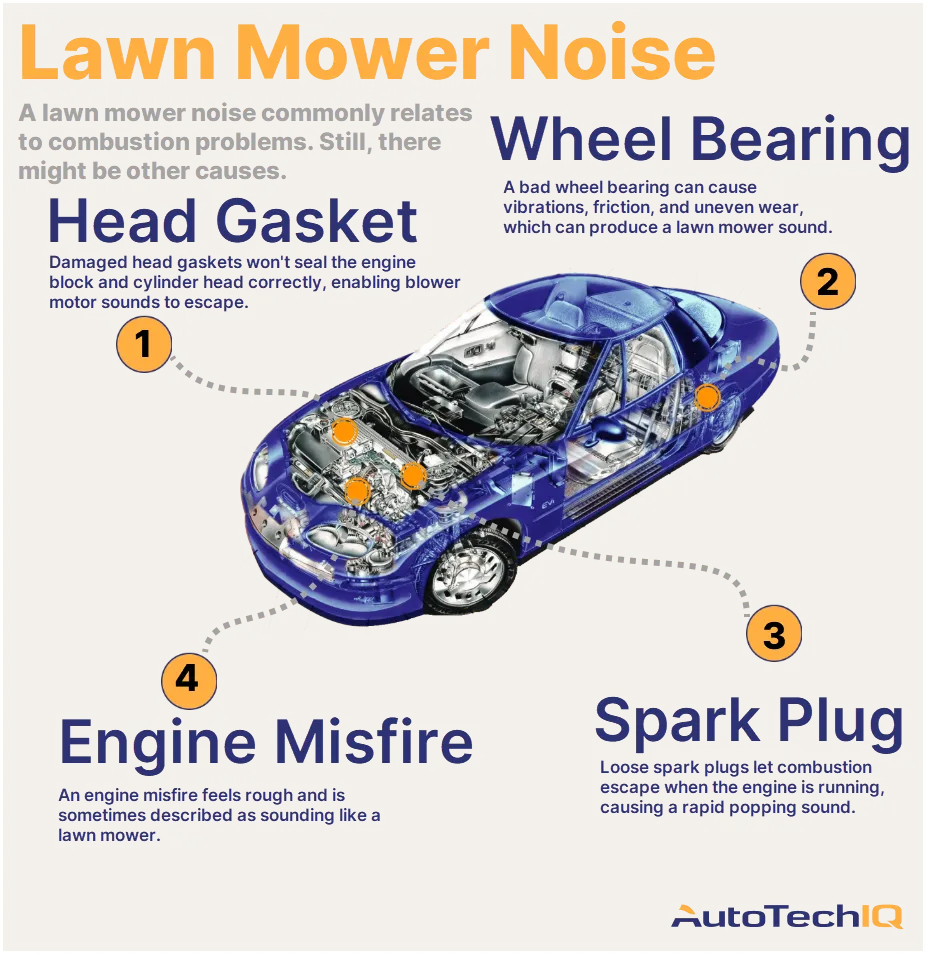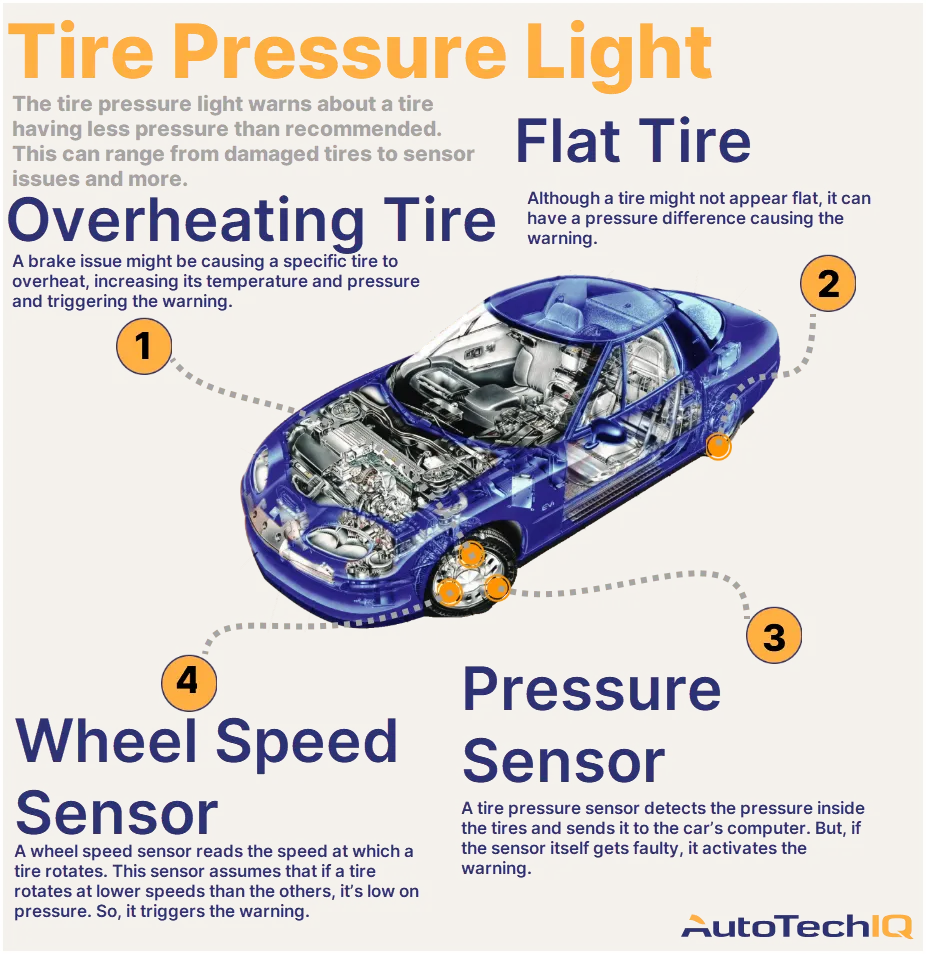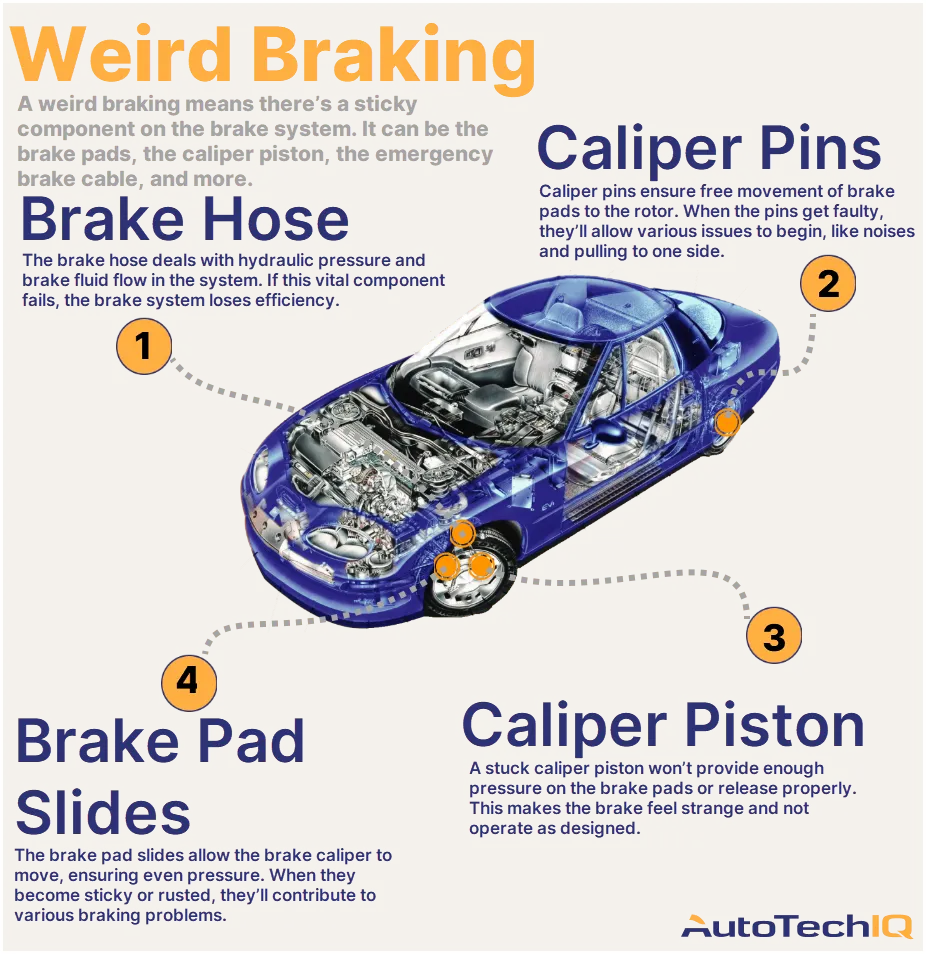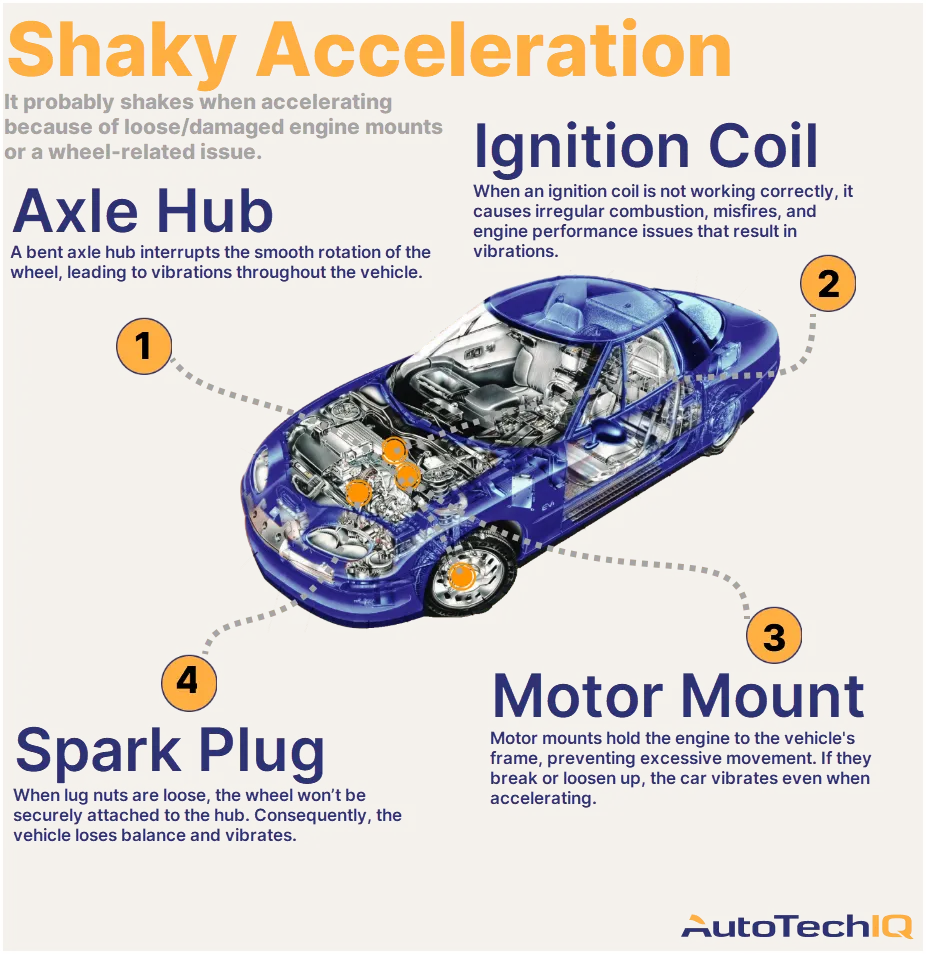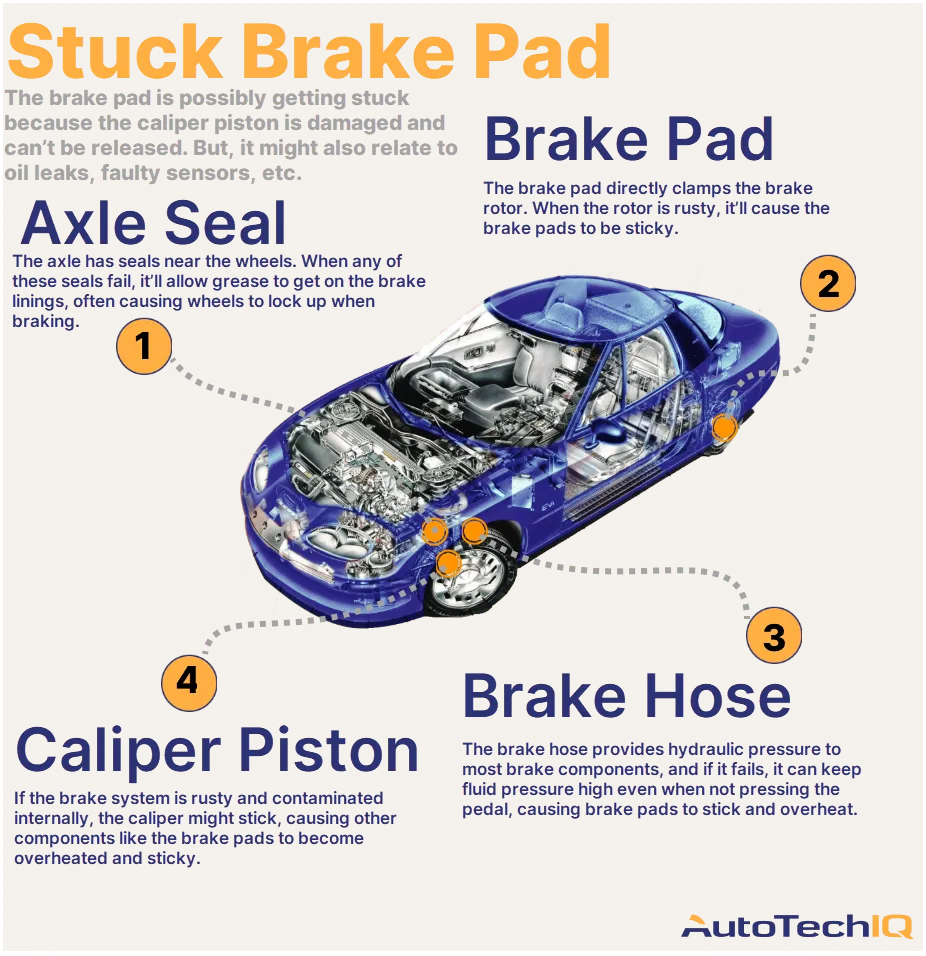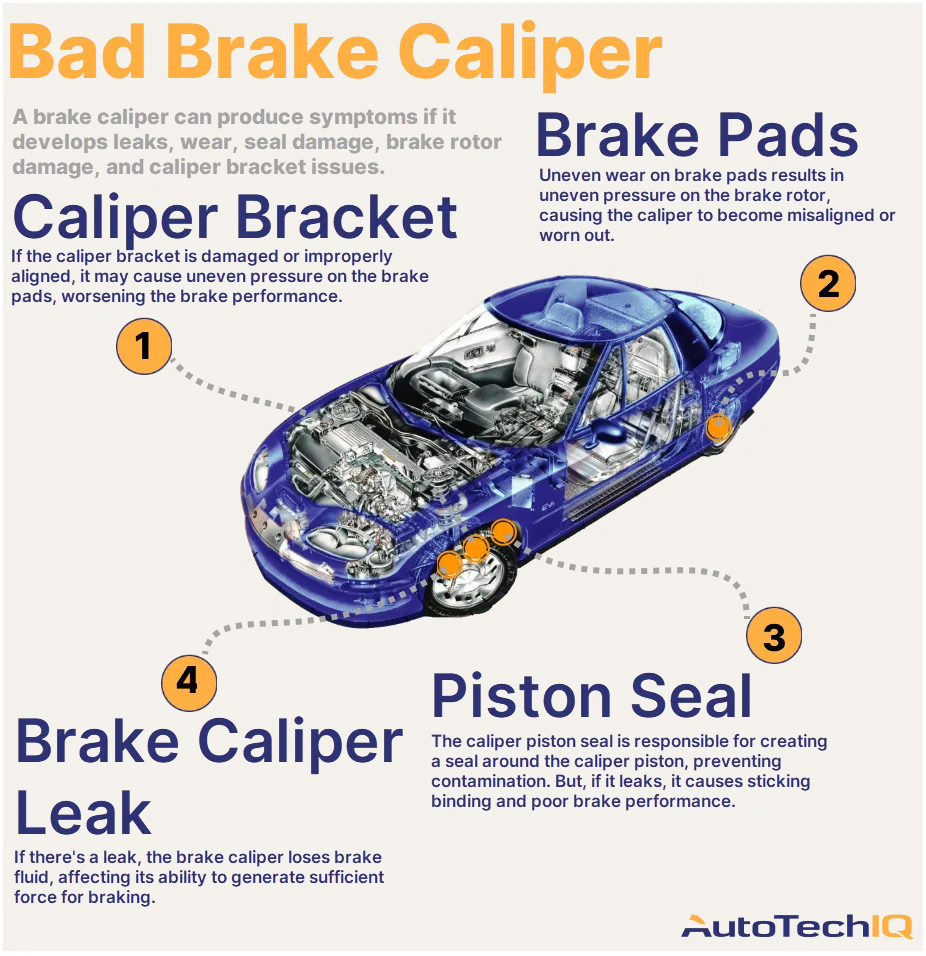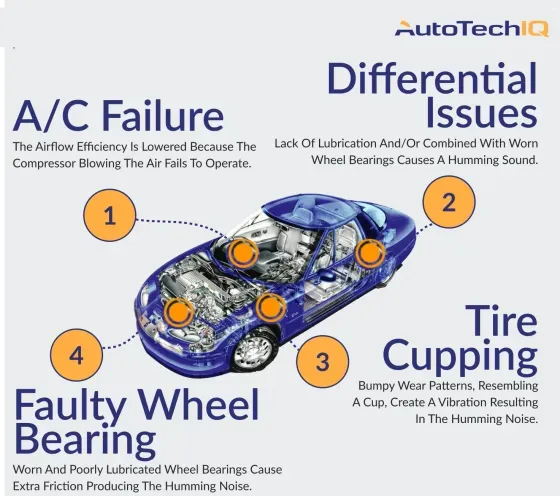
Common Causes For A Humming Noise When Driving
A humming noise from the car can have different origins; it's typically friction-related and has a large pool of root possibilities like bad wheel bearings, underinflated tires, etc. However, these are the most common causes.
Watch out: When driving at high speeds, a car humming noise can become an alarming distraction for many drivers. Note that dirt roads typically mask these types of noises. The humming noise might come with a grinding noise. Still, there are different symptoms to keep track of if you catch your car producing a humming noise.

